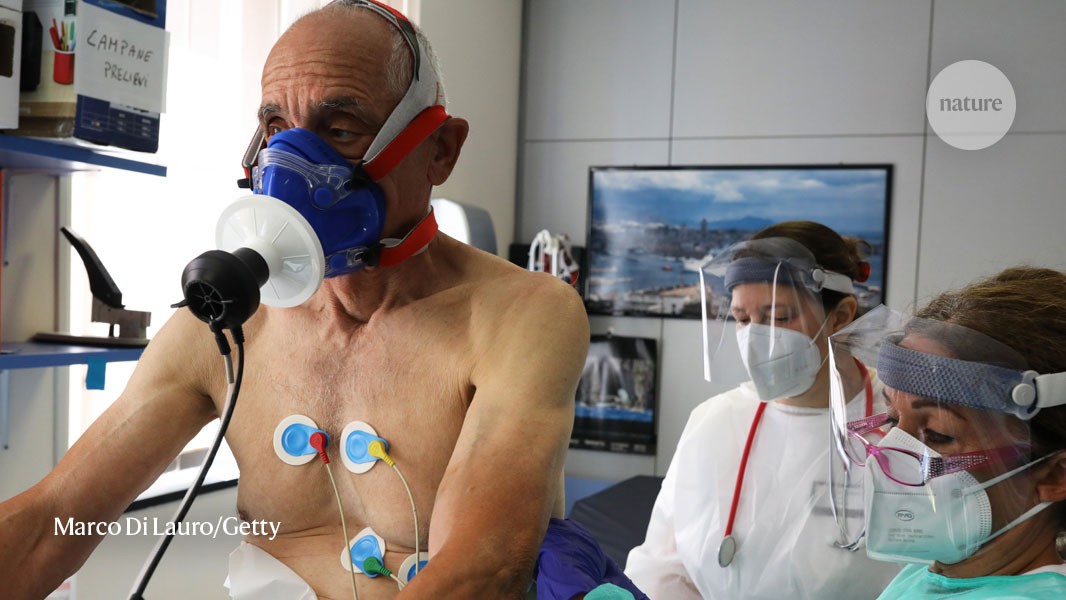Increased PIP3 activity blocks nanoparticle mRNA delivery
Abstract
The biological pathways that affect drug delivery in vivo remain poorly understood. We hypothesized that altering cell metabolism with phosphatidylinositol (3,4,5)-triphosphate (PIP3), a bioactive lipid upstream of the metabolic pathway PI3K (phosphatidylinositol 3-kinase)/AKT/ mTOR (mammalian target of rapamycin) would transiently increase protein translated by nanoparticle-delivered messenger RNA (mRNA) since these pathways increase growth and proliferation.
Instead, we found that PIP3 blocked delivery of clinically-relevant lipid nanoparticles (LNPs) across multiple cell types in vitro and in vivo. PIP3-driven reductions in LNP delivery were not caused by toxicity, cell uptake, or endosomal escape. Interestingly, RNA sequencing and metabolomics analyses suggested an increase in basal metabolic rate. Higher transcriptional activity and mitochondrial expansion led us to formulate two competing hypotheses that explain the reductions in
LNP-mediated mRNA delivery. First, PIP3 induced consumption of limited cellular resources, “drowning out” exogenously-delivered mRNA. Second, PIP3 triggers a catabolic response that leads to protein degradation and decreased translation.
In this study, we sought to answer whether cell metabolism alters nanoparticle delivery. We focused on this question for four reasons. First, it has immediate clinical relevance; nanomedicines are administered to patients with disorders characterized by strong metabolic phenotypes, including cancer (
14).
Second, literature suggests that metabolism could affect some steps of the drug delivery process. Specifically, to achieve cytoplasmic mRNA delivery, a nanoparticle first interacts with serum proteins and the cell surface. Metabolism influences how cells interact with lipoproteins (15), which are naturally occurring nanomaterials that can have a similar chemical structure to LNPs (12, 16). After a nanoparticle reaches the cell, it can enter and, with less frequency, exit an endosome; metabolism affects endocytosis pathways important for nanomedicine (17).
Third, mRNA that enters the cytoplasm must be translated into protein; cell metabolism affects mRNA translation and degradation (18). Last, recent evidence implicates mammalian target of rapamycin (mTOR), a canonical metabolic pathway, as a mediator and player in both antisense oligonucleotide activity (19) and nanoparticle delivery via to-be-determined mechanisms (6). In the first example, the authors found that small-molecule inhibition of mTOR increased antisense oligonucleotide activity in vivo. In the second example, the authors inactivated genes related to endocytosis using CRISPR. They found that knocking out Rab7a, which is necessary for late endosomal trafficking, reduced delivery, whereas knocking out Rab4a and Rab5a, which is necessary for endosomal recycling and early endosomal trafficking, respectively, did not. The authors reasoned that halting endosomal maturation by deleting Rab7a blocked the metabolic gene
mTORC1, which is expressed on the lysosomal surface, from initiating mRNA translation.
To verify this, the authors activated mTORC1 and observed increased protein expression.
These lines of evidence led us to reason that we could manipulate metabolism with small molecules to improve LNP delivery. Specifically, we hypothesized that it was possible to metabolically reprogram cells so that more mRNA was translated once it reached the cytoplasm. To achieve this goal, we chose the bioactive lipid phosphatidylinositol (3,4,5)-triphosphate (PIP3). PIP3, a membrane phospholipid created by the phosphorylation of PIP2, mediated by phosphatidylinositol 3-kinase (PI3K), signals via interactions with proteins containing pleckstrin homology domains at the plasma membrane (
20). Specifically, PIP3 binds to phosphoinositide-dependent kinase 1, initiating the kinase to phosphorylate and activate Akt. Phosphorylation of Akt leads to inhibition of the TSC (tuberous sclerosis complex) complex and downstream activation of Rheb, which stimulates mTORC1 kinase activity (
21,
22). Increased PIP3 concentrations up-regulate clathrin- and dynamin-mediated endocytosis of epidermal growth factor receptor (
23) and sort endosomal cargos in epithelial cells (
24), suggesting that PIP3 could increase endocytosis. Increased PIP3 activity also promotes cell growth via several mechanisms, including increased translation (
25). We therefore reasoned that treating cells with PIP3 and mRNA-containing LNPs would transiently up-regulate translation, thereby increasing the “effective potency” of the LNPs. However, our data did not support this hypothesis.
We found the opposite: PIP3 potently blocked mRNA delivery mediated by three clinically relevant (FDA-approved or licensed for clinical translation) LNPs (Fig. 1A). By performing RNA sequencing (RNA-seq) and metabolomics analyses of PIP3-treated cells, we identified pathways that have not previously been related to LNP delivery. Our analysis suggests two competing hypotheses. First, PIP3 increases endogenous transcription, which may reduce the effective concentration of exogenous mRNA delivered by the LNPs. Second, increases in basal metabolic rate may trigger a catabolic phenotype that leads to protein degradation and decreased translation. These data highlight the importance of understanding the metabolic profile of target and off-target cells when designing nanomedicines.


